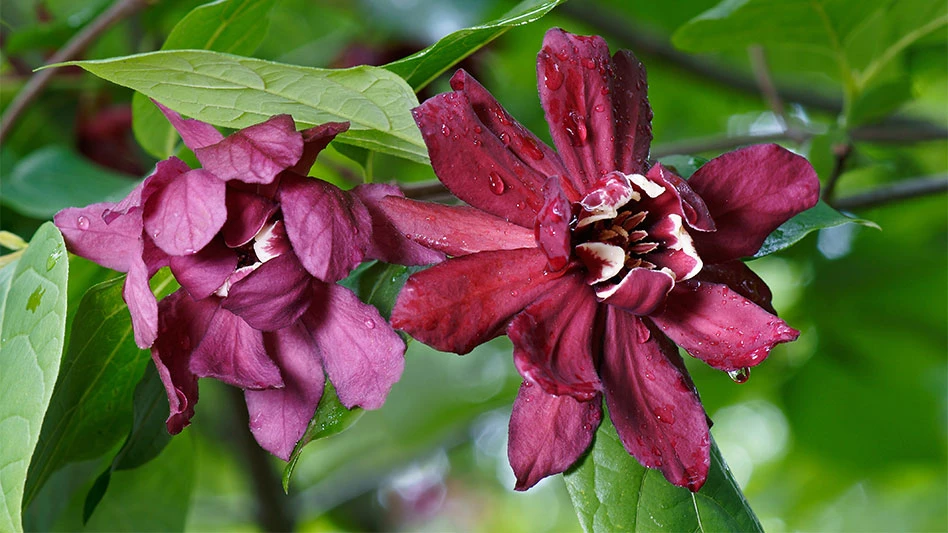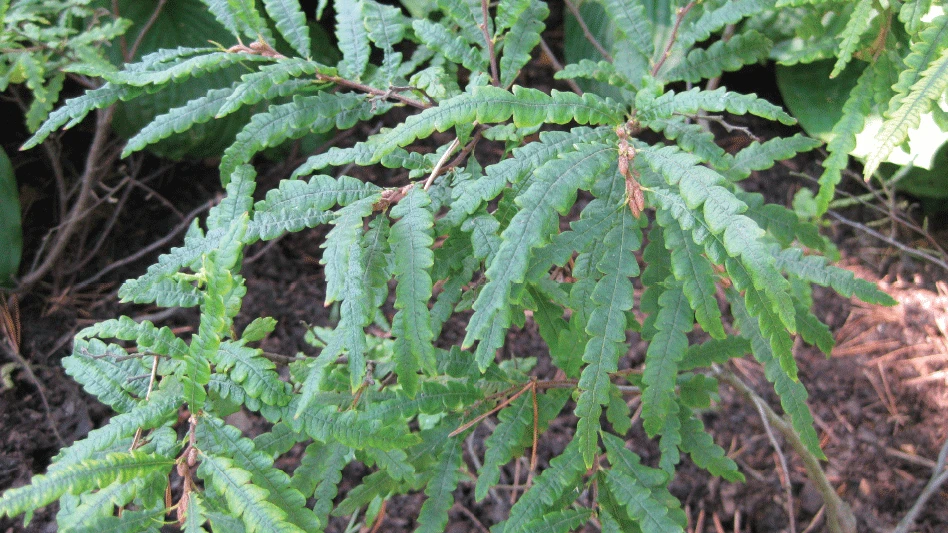
Pruning the roots of field-grown trees is a practice
Pruning the roots will encourage the plant to produce a flush of new feeder roots, which are responsible for absorbing most essential nutrients and water. The goal is to allow the plant to develop new feeder roots within the zone of the future root ball that will be moved. This will reduce transplant shock.
Before root
When to root prune depends on when you wish to move the plant. For most plants, root pruning is recommended in the fall, followed by transplanting in the spring. This allows the plant to grow new feeder roots in the pruned zone over the winter without the burden of supporting new growth. For larger plants, you may want to root prune one year or more before transplanting. Keep in mind larger plants will need more time to become established after transplanting. Alternatively, root pruning in the spring for a fall move is possible; however, the root pruned plant will need to be watered during summer dry spells. Some plants do not respond well to being moved in the fall, especially those with thick and fleshy roots (e.g.,
Methods for root pruning vary. One method called spading involves cutting through the existing roots with a spade, making a circular cut all the way around the plant. The edge of this cut should be just inside the edge of the future root ball. Spading works best for small plants. Once the roots are pruned, special care should be taken to assure the root ball receives sufficient moisture, especially in the event of a dry fall or winter season. Check for soil moisture levels by feeling the soil. If the soil is dry two to three inches below the surface, give the tree a good soaking, assuring that the trench area is well watered. A 2- to 3-inch layer of mulch over the root ball but not in contact with the trunk or stems of the plant can help hold moisture in the soil and also protect the roots from cold temperatures during the winter.
Get curated news on YOUR industry.
Enter your email to receive our newsletters.
Explore the November 2017 Issue
Check out more from this issue and find your next story to read.
Latest from Nursery Management
- How impending tariffs and USDA layoffs impact the horticulture industry
- Shifting the urban environment
- These companies are utilizing plastic alternatives to reduce horticultural waste
- How to create a sustainable plant nursery
- Lamiastrum galeobdolon ‘Herman’s Pride’
- One of rarest plants on earth: Tahina spectabilis
- Leading Women of Horticulture: Angela Labrum, Bailey Nurseries
- Get to know Pat Reilly with NewGen Boxwood and the American Boxwood Society







